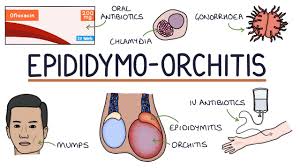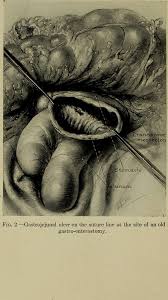Infestations of the Reproductive Organs
Pediculosis pubis (Pubic lice) and Genital scabies are the cause of genital infestations. An infestation is an invasion of insects on a place like a house or an attack by insects on a plant. Pediculosis pubis (Pubic lice) The crab louse Phthirus pubis causes an infestation known as pediculosis pubis, sometimes referred to as pubic lice. … Read more





